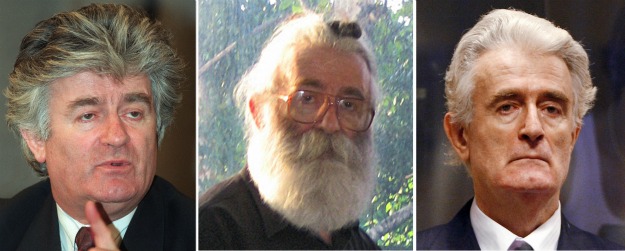
Thanks to the online video
feed from the Yugoslav war crimes tribunal, I have been watching Radovan
Karadzic rebut charges that he ordered the murder of 7,000-plus Muslim
prisoners following the fall of Srebrenica. It is a curtain-raiser to the arguments we can expect when the Ratko
Mladic trial finally opens
in The Hague on May 14. (The date has now been finalized.)
As you can see from the photographs above, Karadzic is a man
with many sides-poet, psychiatrist, president, fugitive from justice, New Age
healer. His latest role is that of
defense attorney, representing himself, in a trial that has been going on for over two
years. Superficially at least, he is
playing the part with utmost seriousness. In contrast to Mladic, who has become known for his courtroom tantrums,
Karadzic treats the judges with great respect, referring to them as "Excellencies,"
and is polite to prosecution witnesses, thanking them for their testimony.
But when you examine his defense strategy in more detail,
you have to wonder about his goal. Again
in contrast to Mladic, Karadzic has a plausible defense against the charge that
he ordered the Srebrenica killings. He
was not on the scene himself, and did not have direct operational control over
the executioners, who answered to Mladic as the Bosnian Serb military
commander. Furthermore, we know that
relations between the two men were extremely strained in July 1995. Karadzic might have followed the example of
Drina Corps commander Radislav Krstic in pinning primary responsibility for
Srebrenica on Mladic.




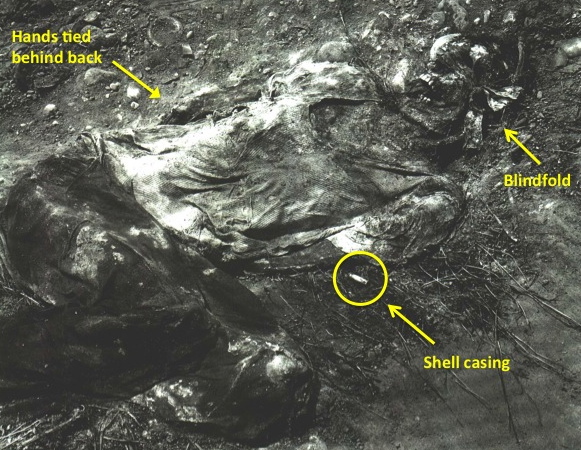





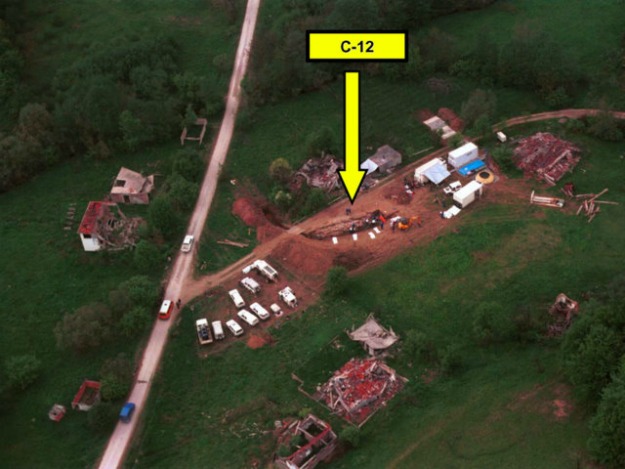
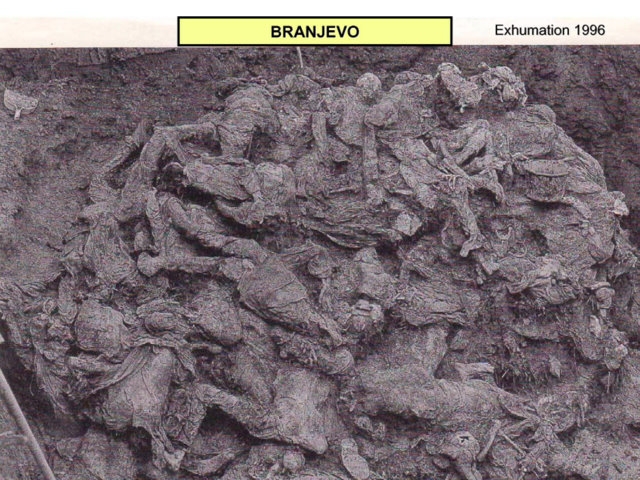
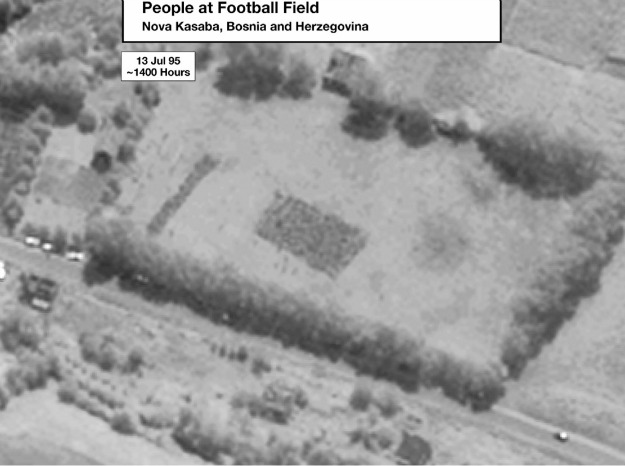
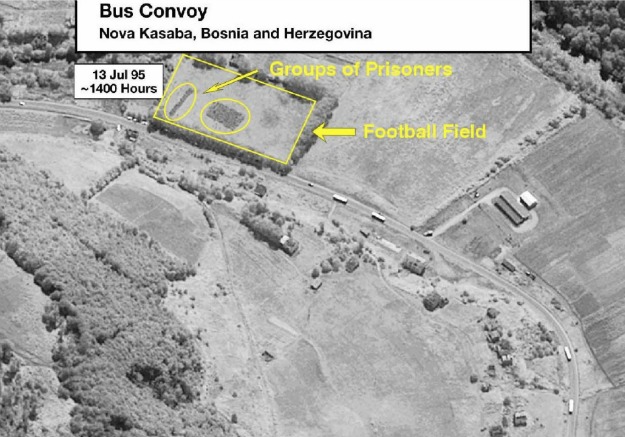
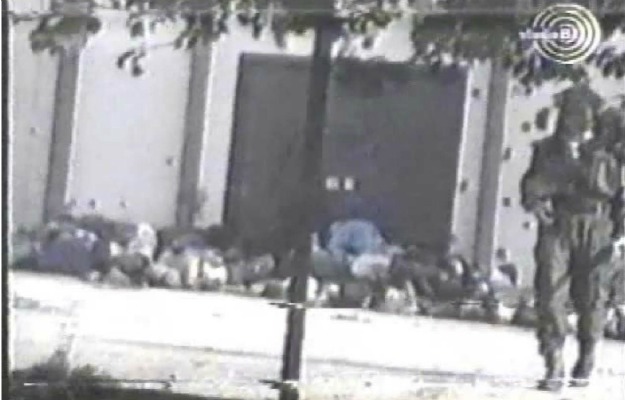




 Read More
Read More






